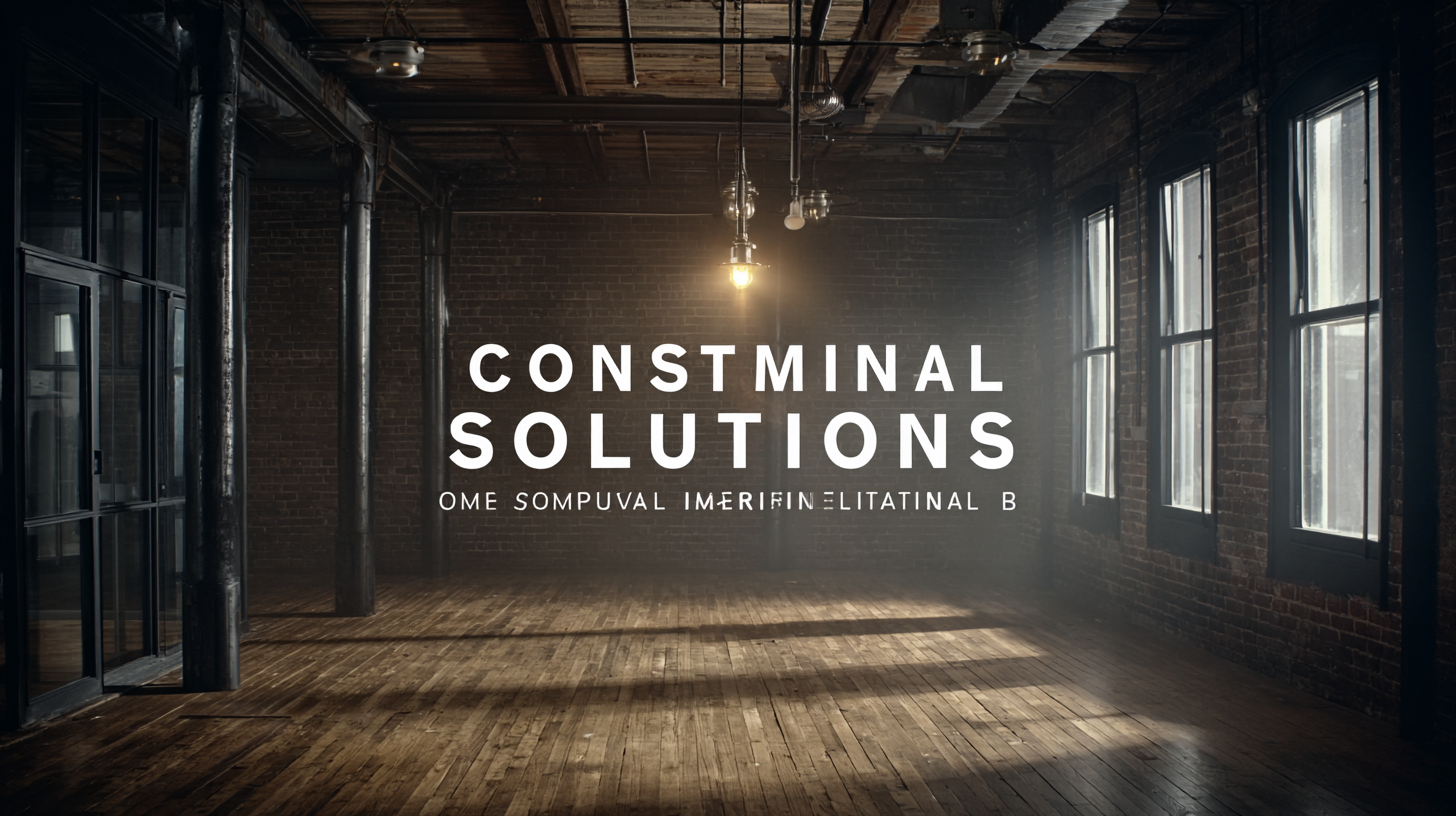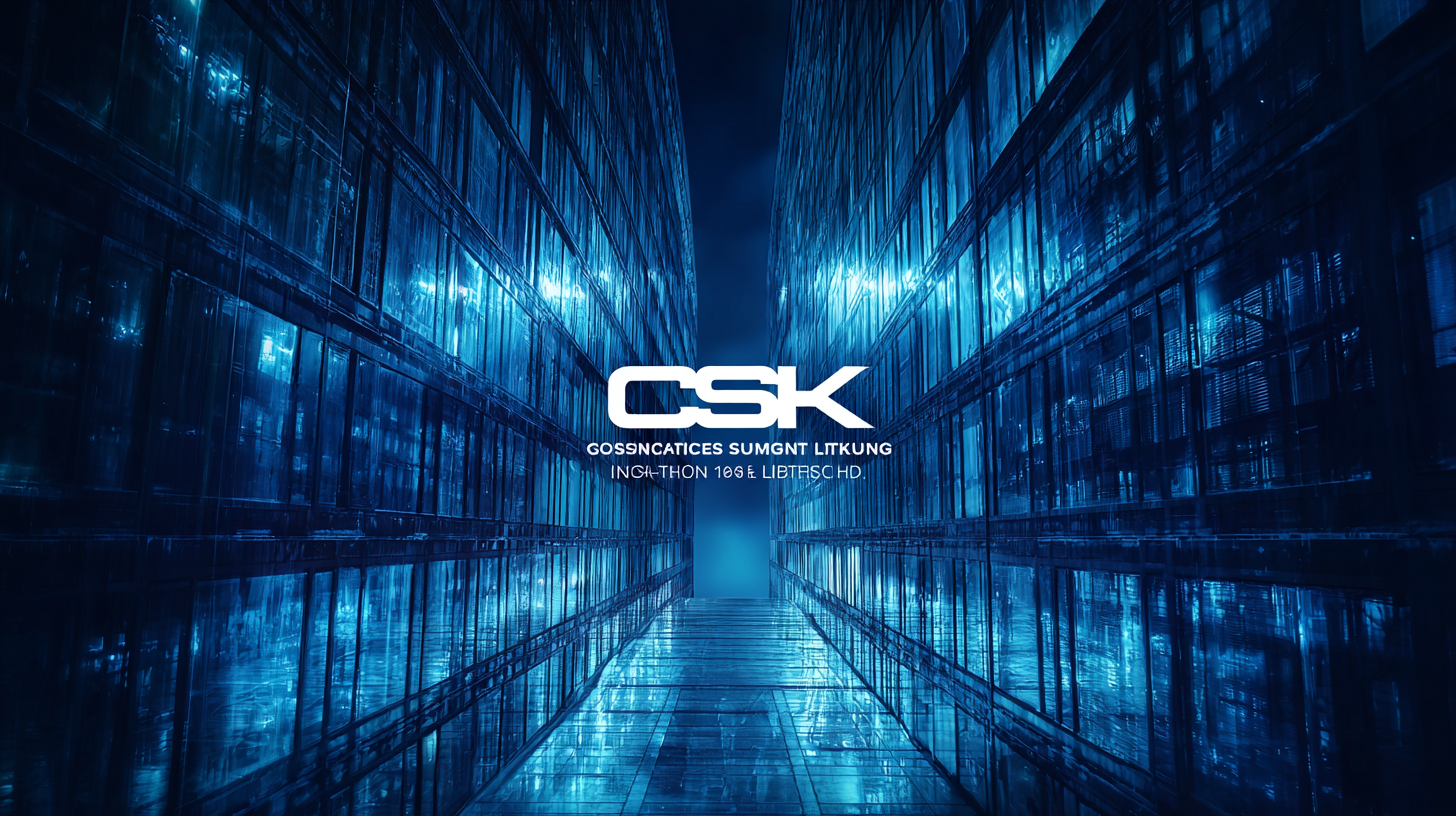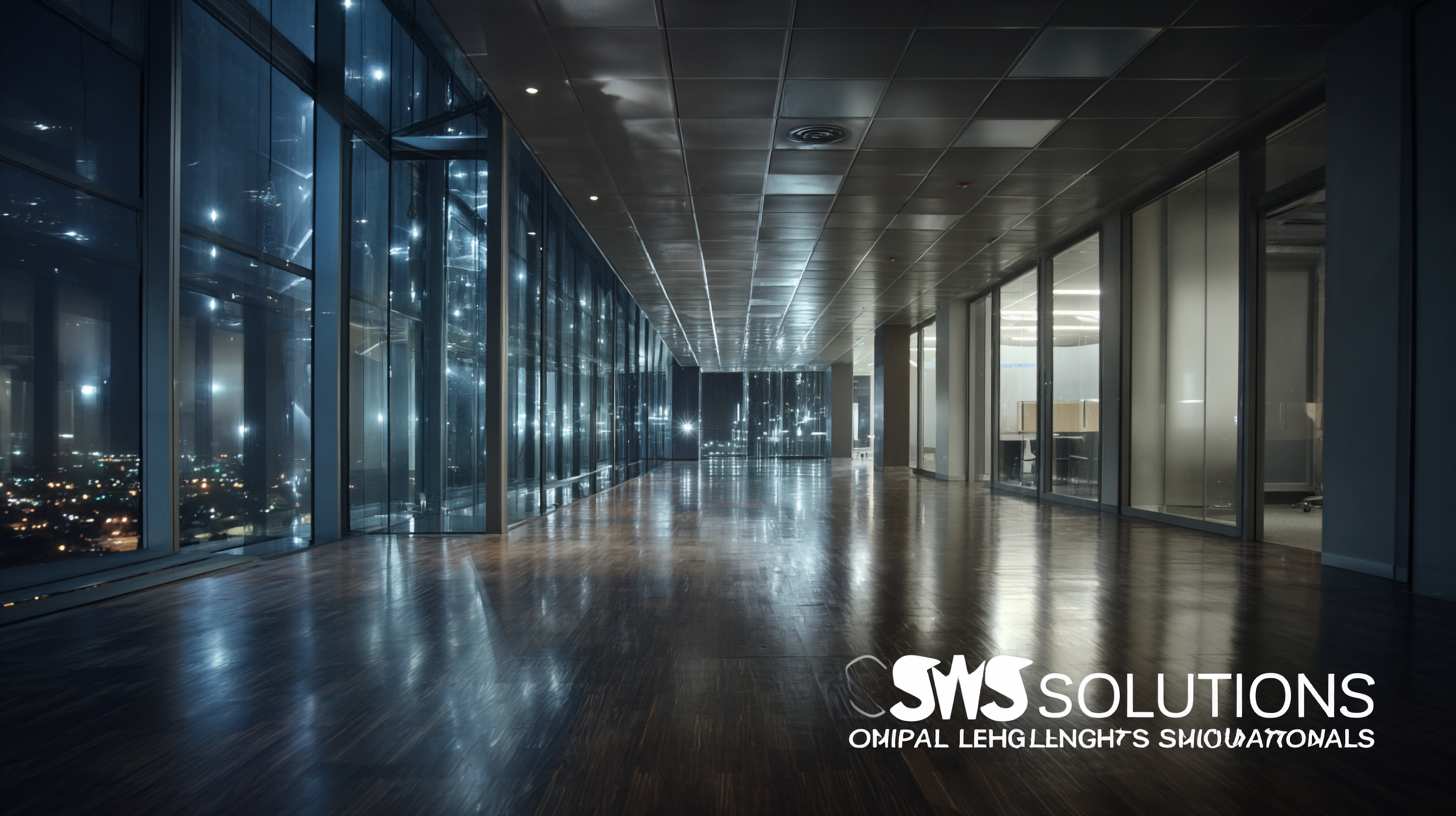Solutions for Optimal Commercial Lighting Innovations
In today's fast-evolving commercial landscape, the demand for effective and efficient lighting solutions is more critical than ever. A recent report by the U.S. Department of Energy highlights that commercial lighting accounts for nearly 30% of total energy use in commercial buildings, making it a significant area for innovation and optimization. As businesses strive to enhance energy efficiency and reduce operational costs, the focus on advanced Commercial Lighting Solutions has intensified. This blog will explore the latest innovations in commercial lighting, comparing various technologies and strategies that promise to enhance productivity while minimizing energy consumption. By analyzing these solutions, organizations can make informed decisions that not only improve their bottom line but also contribute to a sustainable future.

Innovative Technologies Transforming Commercial Lighting Solutions
In the evolving landscape of commercial lighting solutions, the partnership between Valeo and ams OSRAM heralds a new era of intelligent lighting technology. Both companies are at the forefront of innovation, combining their expertise to create dynamic lighting systems that enhance vehicle interiors. By integrating responsive lighting designs, they aim to not only improve aesthetic appeal but also optimize functionality within modern vehicles.

The collaboration focuses on advanced sensor technologies that allow for customizable lighting experiences based on the driver’s needs and preferences. This dynamic approach not only enhances comfort but also contributes to overall safety by ensuring that the lighting adapts to various driving conditions. As industries increasingly recognize the importance of innovative lighting solutions, this partnership sets a benchmark for the future of commercial lighting, showcasing how technology can transform spaces and elevate user experiences.
The Role of Smart Lighting Systems in Enhancing Energy Efficiency
In 2023, the global smart lighting market is estimated to reach a remarkable $16.17 billion, with a projected compound annual growth rate of 16.52% from 2024 to 2031. This rapid growth highlights the increasing recognition of smart lighting systems as essential components in enhancing energy efficiency within commercial spaces. By integrating advanced technologies, these systems provide businesses with innovative solutions that not only reduce energy consumption but also improve overall building performance.
The transformative potential of artificial intelligence (AI) is particularly significant in achieving zero-carbon buildings. AI can efficiently optimize energy consumption by analyzing usage patterns, thereby minimizing waste and streamlining operations. Smart lighting systems powered by AI enable real-time adjustments in response to occupancy and natural light levels, further contributing to energy savings. As businesses become more focused on sustainability, the role of smart lighting systems in fostering an environmentally friendly approach to commercial lighting is increasingly vital. By embracing these innovations, companies can enhance their operational efficiency while making significant strides toward achieving their carbon reduction goals.
Energy Efficiency Improvements with Smart Lighting Systems
Top Reasons to Upgrade to LED Lighting in Commercial Spaces
The transition to LED lighting in commercial spaces is no longer just a trend; it is a necessity that offers numerous advantages. As industries increasingly strive for sustainability, LED lighting stands out as a leading energy-efficient solution, contributing significantly to reduced electricity consumption and lower operational costs. According to recent analyses, the energy-efficient lighting technology market is experiencing substantial growth, projected to flourish across various segments, including commercial, residential, and industrial applications. Notably, the adoption of LED technology is expected to be a driving force in this market, as businesses prioritize eco-friendly practices and cost efficiencies.

Moreover, the use of LEDs has proven beneficial not only economically but also for enhancing the overall ambiance and productivity of commercial environments. With superior longevity compared to traditional incandescent and gas-discharge bulbs, LEDs significantly decrease the frequency and costs associated with replacements and maintenance. Additionally, they offer improved light quality, which can positively influence employee morale and customer experiences. As we look forward to 2033, the trend indicates a robust shift towards advanced lighting systems incorporating LED technology, affirming its critical role in the future of commercial spaces.
Key Benefits of Integrating IoT in Commercial Lighting Systems
Emerging technologies are revolutionizing the landscape of commercial lighting, particularly through the integration of the Internet of Things (IoT). As businesses increasingly seek efficiency and automation, IoT-enhanced lighting systems are becoming essential. These systems provide real-time monitoring and control, enabling organizations to optimize energy consumption, reduce operational costs, and improve overall productivity. With the market for Ethernet-powered lighting projected to surpass $260 million in 2023 and continue to grow at a compound annual growth rate of over 19% through 2032, the shift towards smart and automated solutions is evident.
The benefits of incorporating IoT into commercial lighting systems extend beyond mere energy savings. Advanced lighting control technologies, both wired and wireless, facilitate seamless integration with other building management systems, allowing for enhanced user experience and comfort. Furthermore, the capability to gather data from various sensors enables businesses to make informed decisions about lighting usage, adapting to changing needs while promoting sustainability. As industries navigate the transition to smarter infrastructures, the role of innovative lighting solutions powered by IoT will undoubtedly become a cornerstone in achieving optimal operational efficiency.
Solutions for Optimal Commercial Lighting Innovations - Key Benefits of Integrating IoT in Commercial Lighting Systems
| Benefit | Description | Impact on Energy Efficiency (%) | Reduction in Maintenance Costs ($) | Ease of Integration (1-10) |
|---|---|---|---|---|
| Remote Management | Allows control of lighting systems from anywhere, optimizing usage. | 30 | 500 | 9 |
| Smart Sensors | Detects occupancy and adjusts lighting accordingly for efficiency. | 25 | 300 | 8 |
| Data Analytics | Utilizes usage data for better planning and energy savings. | 20 | 400 | 7 |
| Adaptive Lighting | Automatically adjusts lighting based on the time of day. | 15 | 200 | 6 |
| Energy Monitoring | Tracks energy consumption in real-time for better management. | 35 | 600 | 8 |
Sustainable Practices in Commercial Lighting: A Path to Greener Solutions
Sustainable practices in commercial lighting are crucial for reducing energy consumption and minimizing environmental impact. According to a report by the U.S. Department of Energy, commercial buildings account for almost 20% of total U.S. energy use. By implementing energy-efficient lighting solutions, businesses can significantly lower their operational costs and decrease their carbon footprint. For instance, adopting LED technology not only reduces energy use by up to 75% compared to traditional incandescent lighting but also has a longer lifespan, which translates to lower maintenance and replacement costs.
Moreover, integrating smart lighting systems that utilize sensors and controls can enhance sustainability efforts. A study by McKinsey & Company indicates that smart lighting can further reduce energy consumption by 30-50% through real-time adjustments based on occupancy and daylight availability. These innovations are leading the charge toward greener commercial spaces, ultimately facilitating a shift in the industry towards higher sustainability standards. By embracing these practices, businesses not only contribute to a more sustainable future but also position themselves competitively in a market that increasingly prioritizes ecological responsibility.
